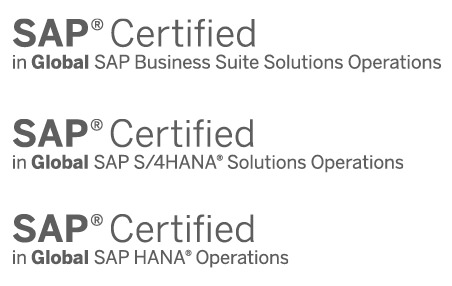Around four out of ten IT leaders had to take business intelligence (BI) initiatives off their priority list to cope with the challenging pandemic scenario. Now, as the months have passed, these projects are back on the agenda. In this post we take a look at the situation and the role data lakes play in data strategies.
55% of companies have plans to invest in analytics and business intelligence solutions, according to the conclusions of the study “IT Trends Benchmark Report 2021”, conducted by Syntax. The fact that the height of the pandemic has passed and that many of the necessary measures have already been adopted to adapt to the new reality means that organisations are trying to recover strategic initiatives with one objective in mind: to manage in a data-driven economy, in which it is essential to know how corporate information is stored and analysed in order to extract all its value for the business.
Technology managers know that data is growing exponentially and will continue to do so. By 2025, businesses will create and manage nearly 60% of data, double the amount produced in 2015, and in this context, each company now manages an average of 33 unique data sources – evidence that relying on spreadsheet-based analytics is not an option. With more data from multiple sources than ever before, organisations need to adopt a smarter and more efficient way of managing the information they collect and, for Syntax, data lakes are key to accompany companies as they move towards a data-driven strategy.
A data lake is a centralised repository for storing, sharing, governing and discovering an organisation’s structured and unstructured data and, as it does not require a predefined schema, it eliminates the need to use an ETL system, which adds complexity to the processes of extracting, transforming and loading data. In the end, it is a cloud data warehouse that can hold large amounts of raw data in its native format and from multiple sources.
This technology allows companies to take control and derive value from their information assets, through four very clear advantages. On the one hand, as a centralised repository, it facilitates the consolidation of diverse data sources, such as ERP, CRM, HR systems or IoT devices, regardless of whether they are stored in an on-premise or cloud environment. It increases the accuracy of information, reduces data silos and eliminates manual data entry, freeing up teams’ time for analysis.
Another benefit is its ability to help users quickly and conveniently analyse large amounts of data, and because it is easier to deploy and scale, it accelerates the speed of projects and lowers costs.
Finally, data lakes allow companies to use more advanced and sophisticated analytical techniques, applying machine learning and artificial intelligence techniques to perform better analysis.
Data lakes allow organisations to collect more data, from more sources, in less time, at a lower cost. With proper implementation and with the right governance and processes in place, they can generate stronger business analytics and faster decision-making, which is the goal of data-driven businesses.
Our CxLink Document solution leverages the data lakes of the AWS S3 storage service to facilitate the native integration of SAP systems on this platform, helping to realise the potential of cloud data.
Our specialists have helped a number of companies, such as energy company ENGIE, transform their data strategy by implementing SAP BW/4HANA on a public cloud platform.
If you want to seize the opportunity of the data economy, Syntax can help.



